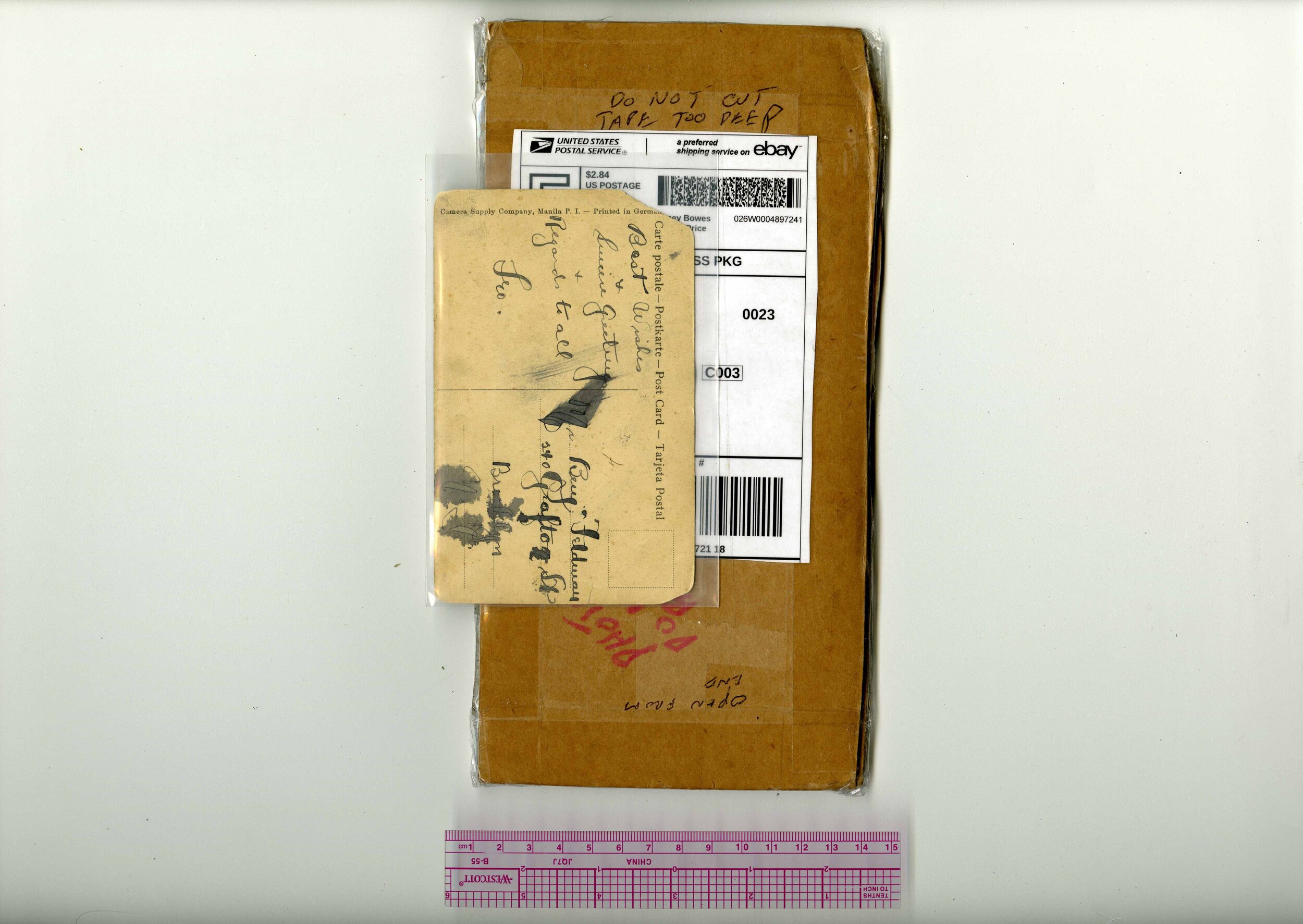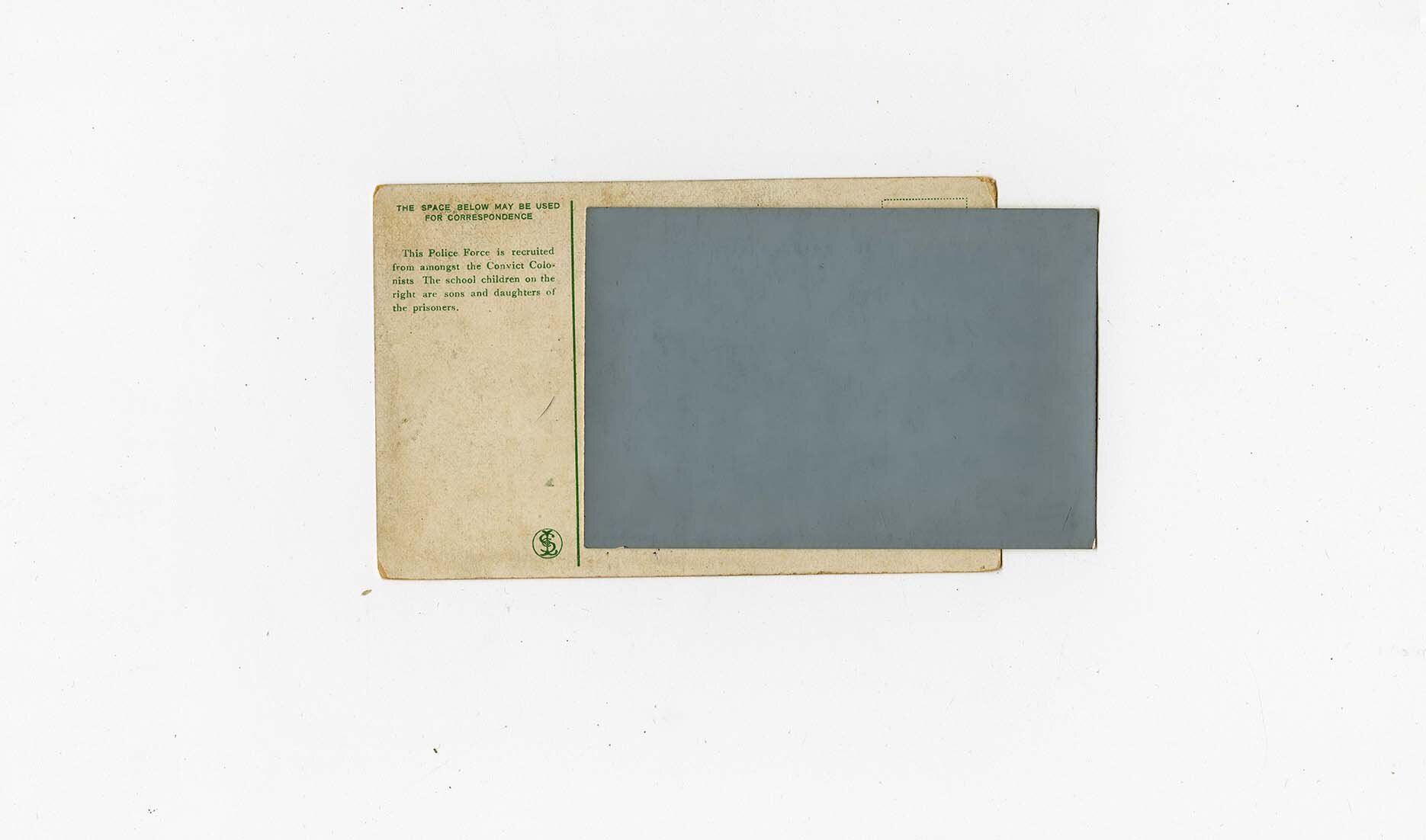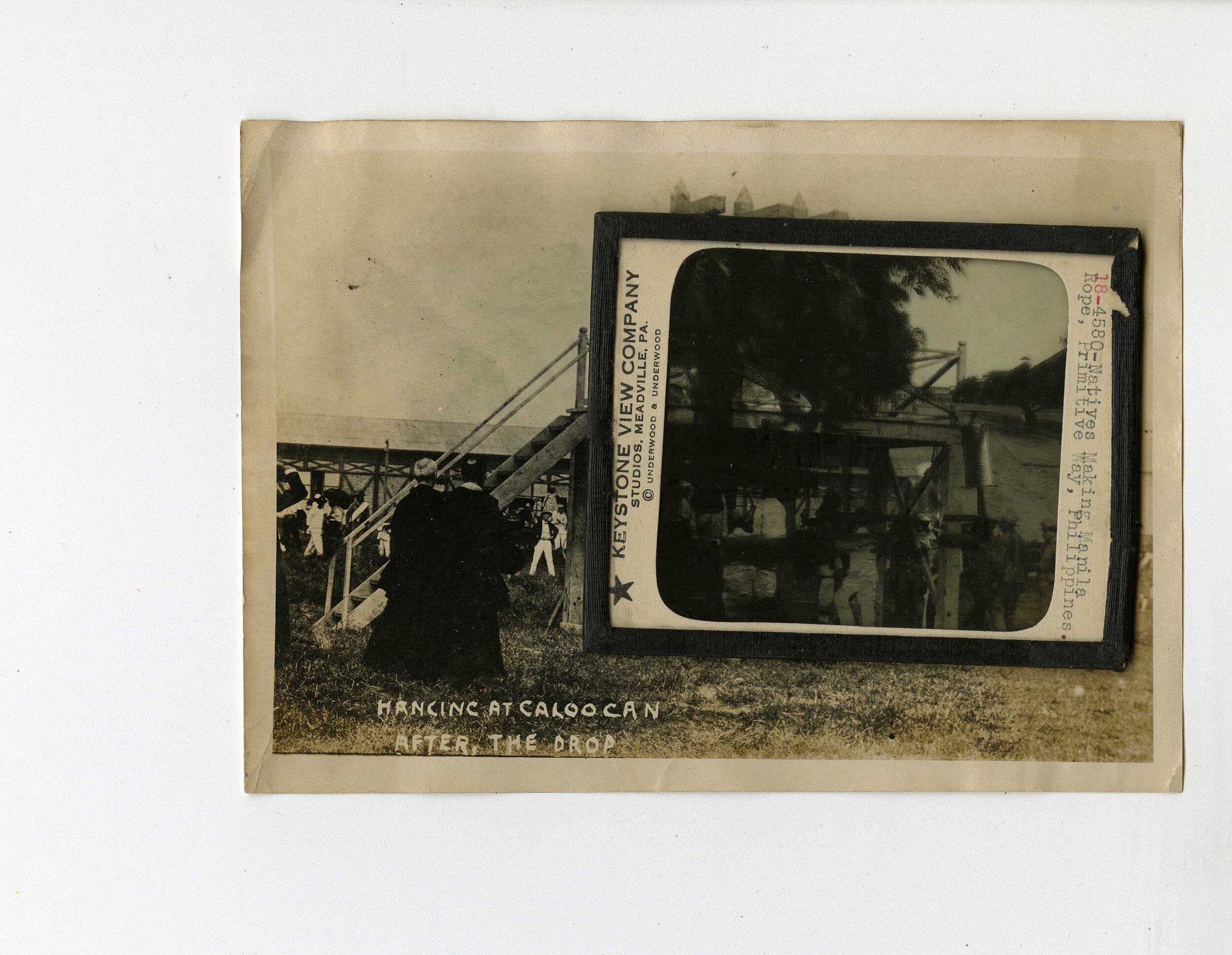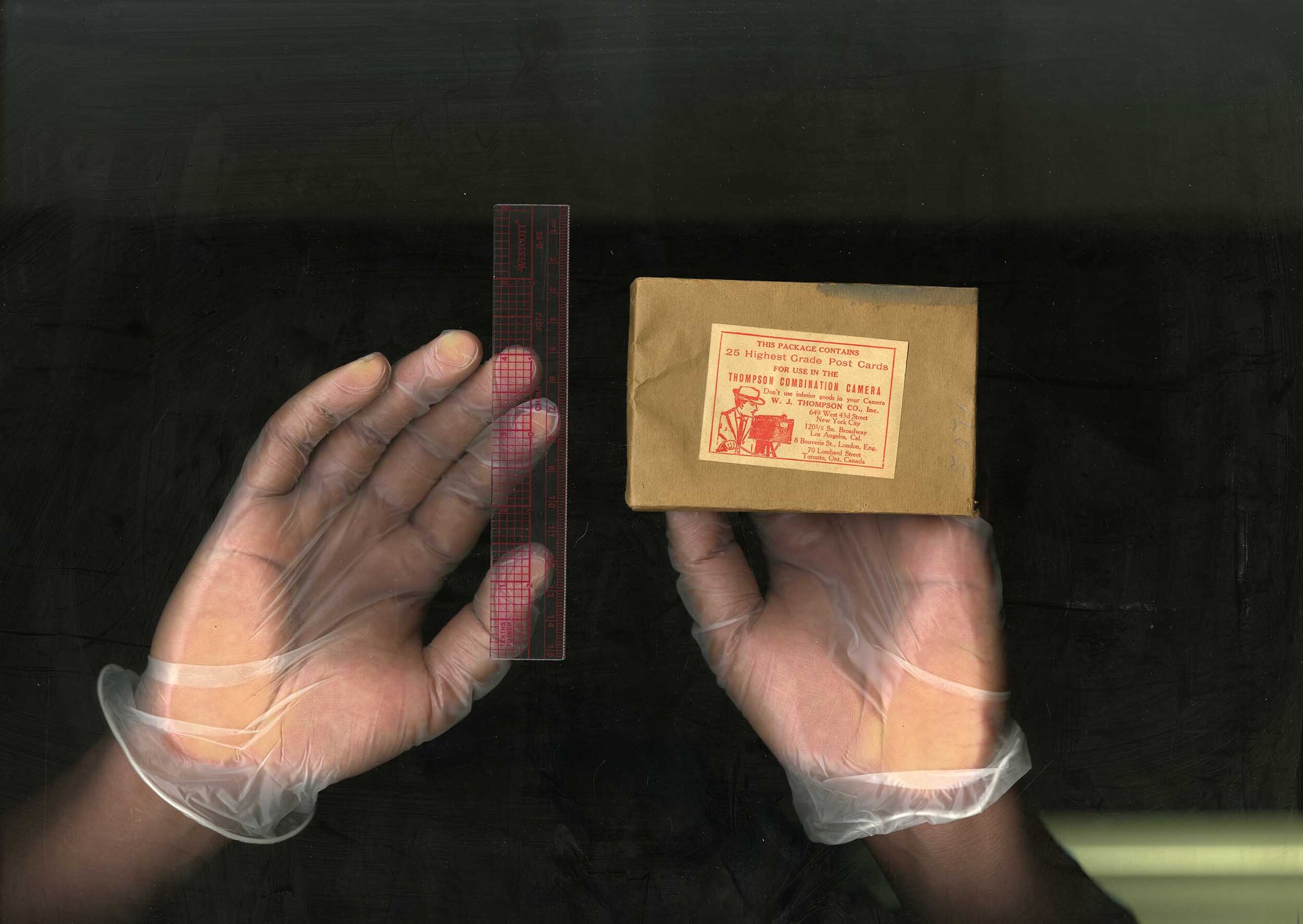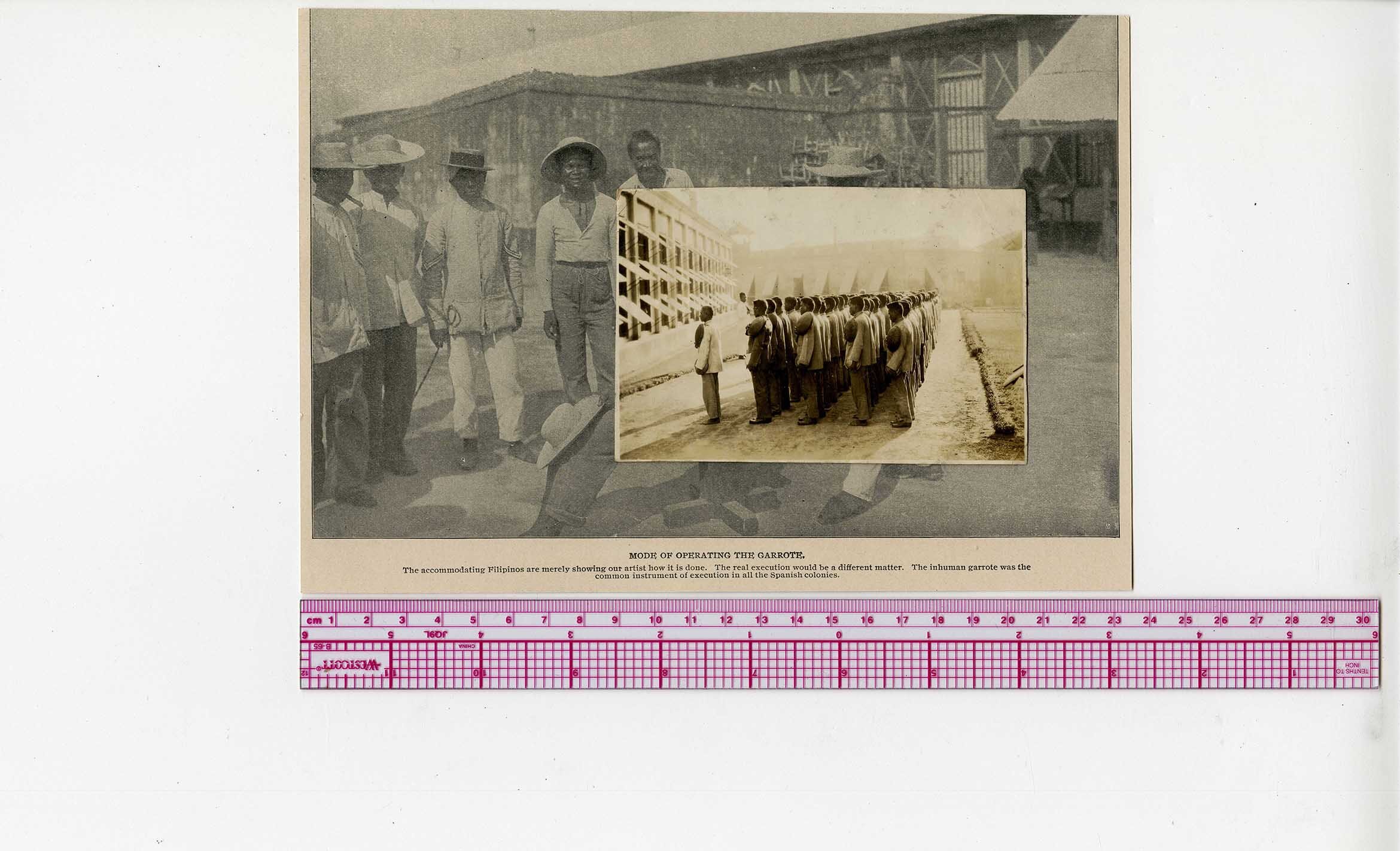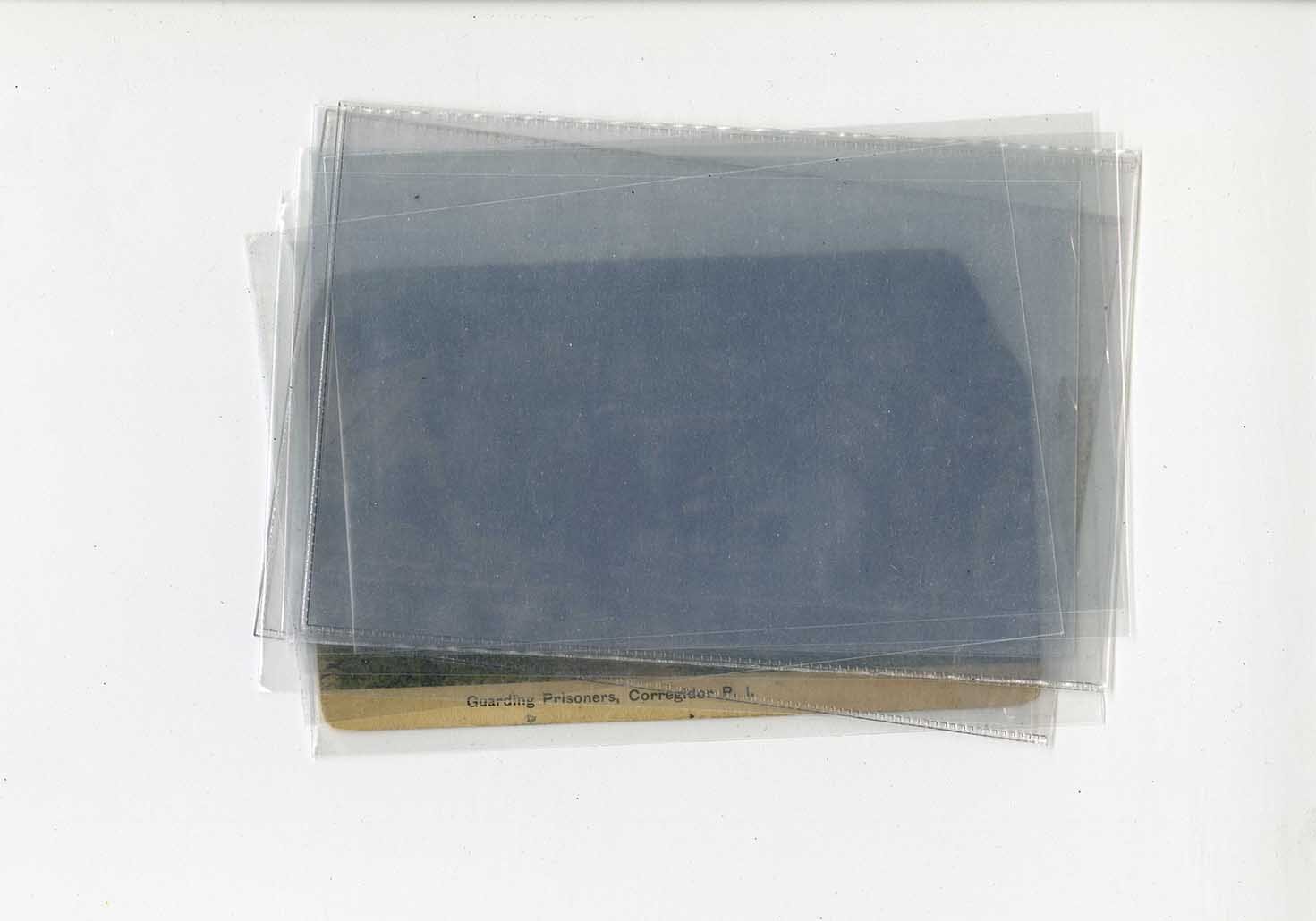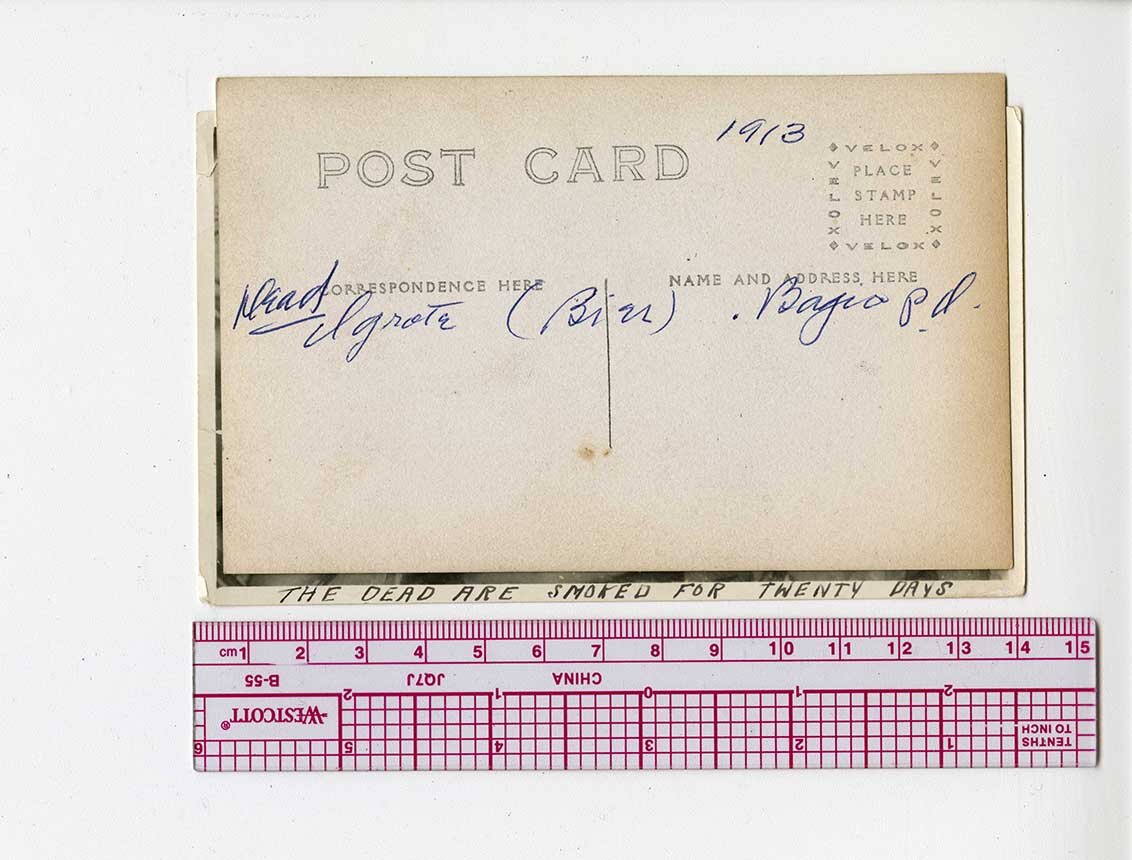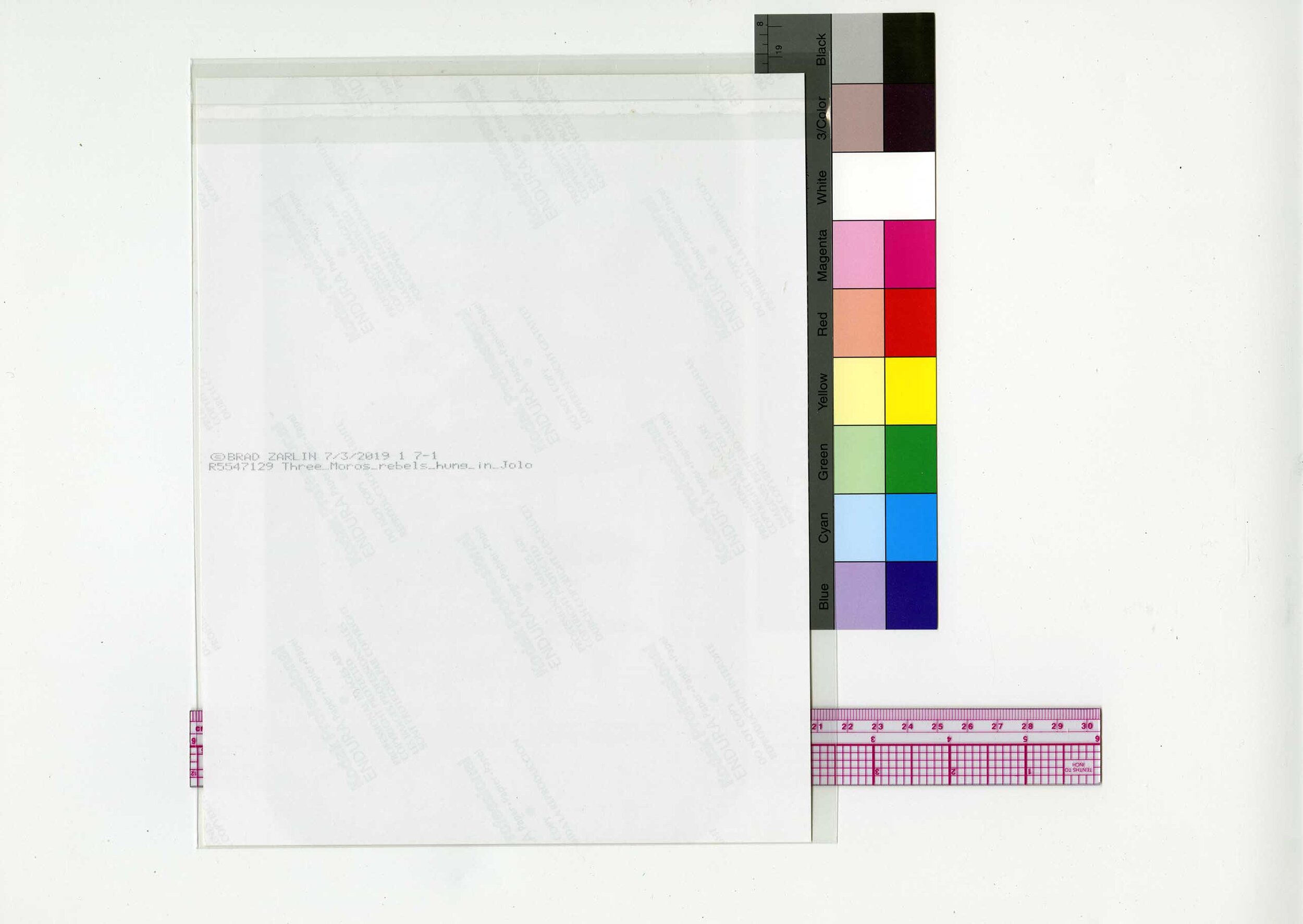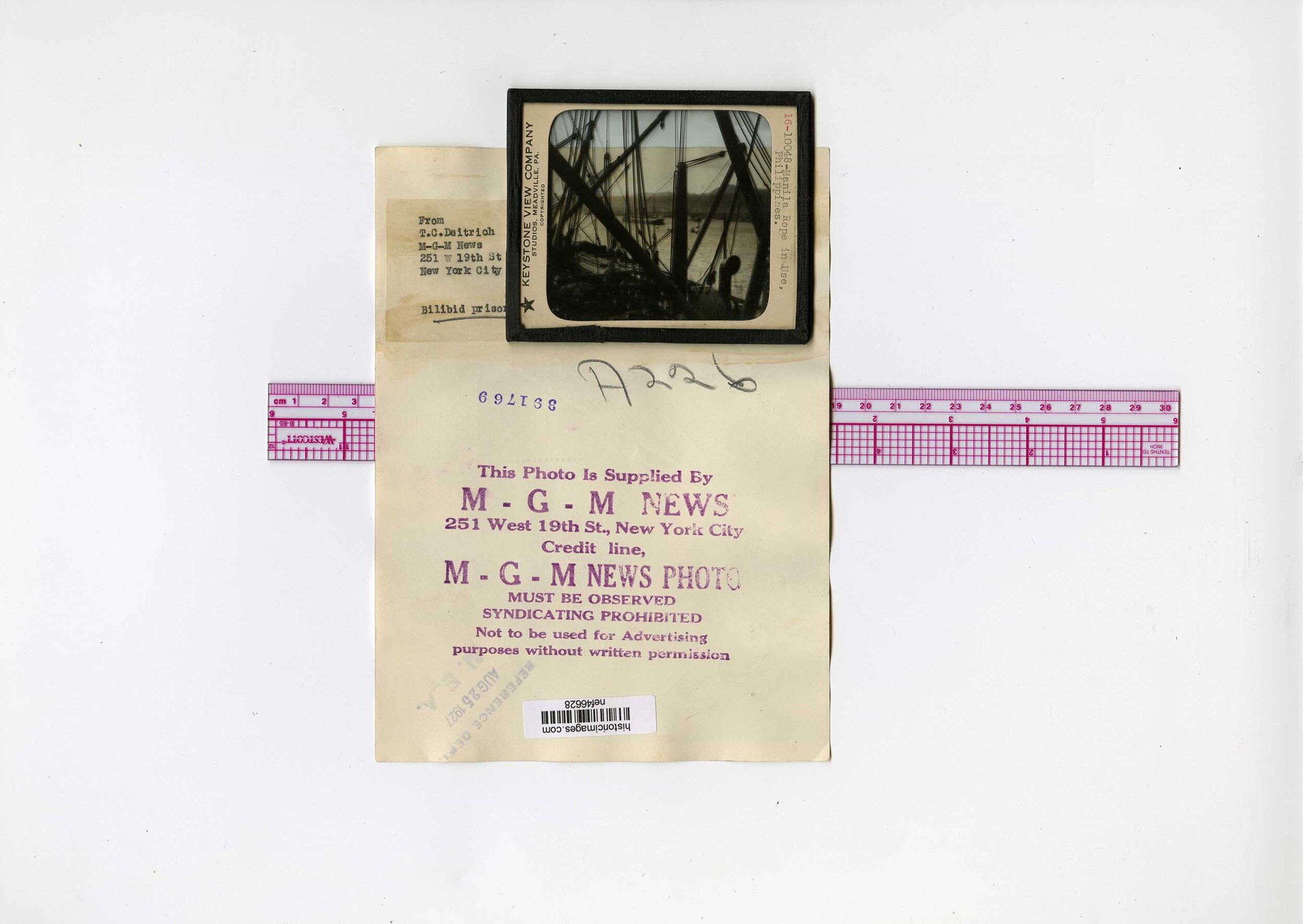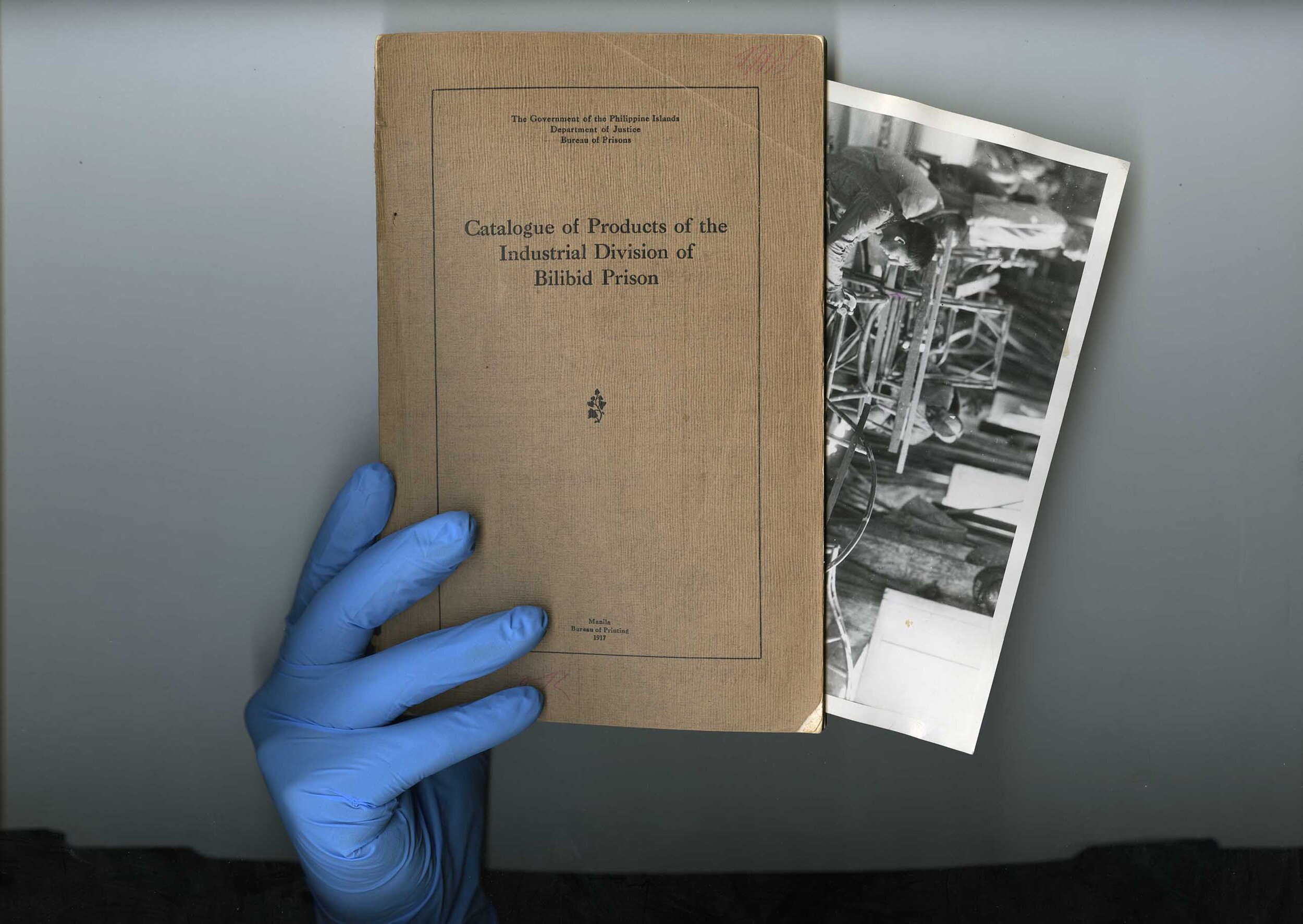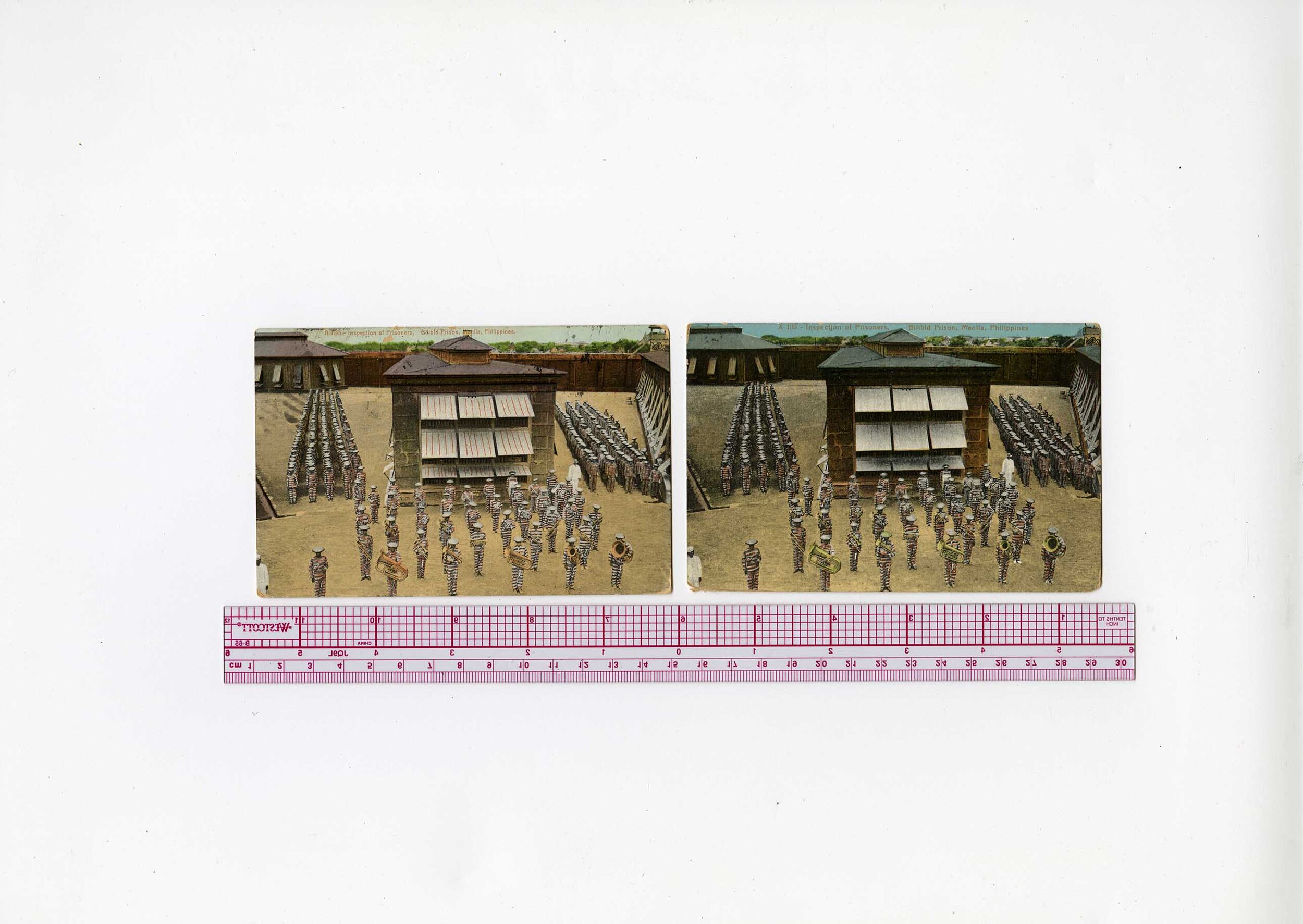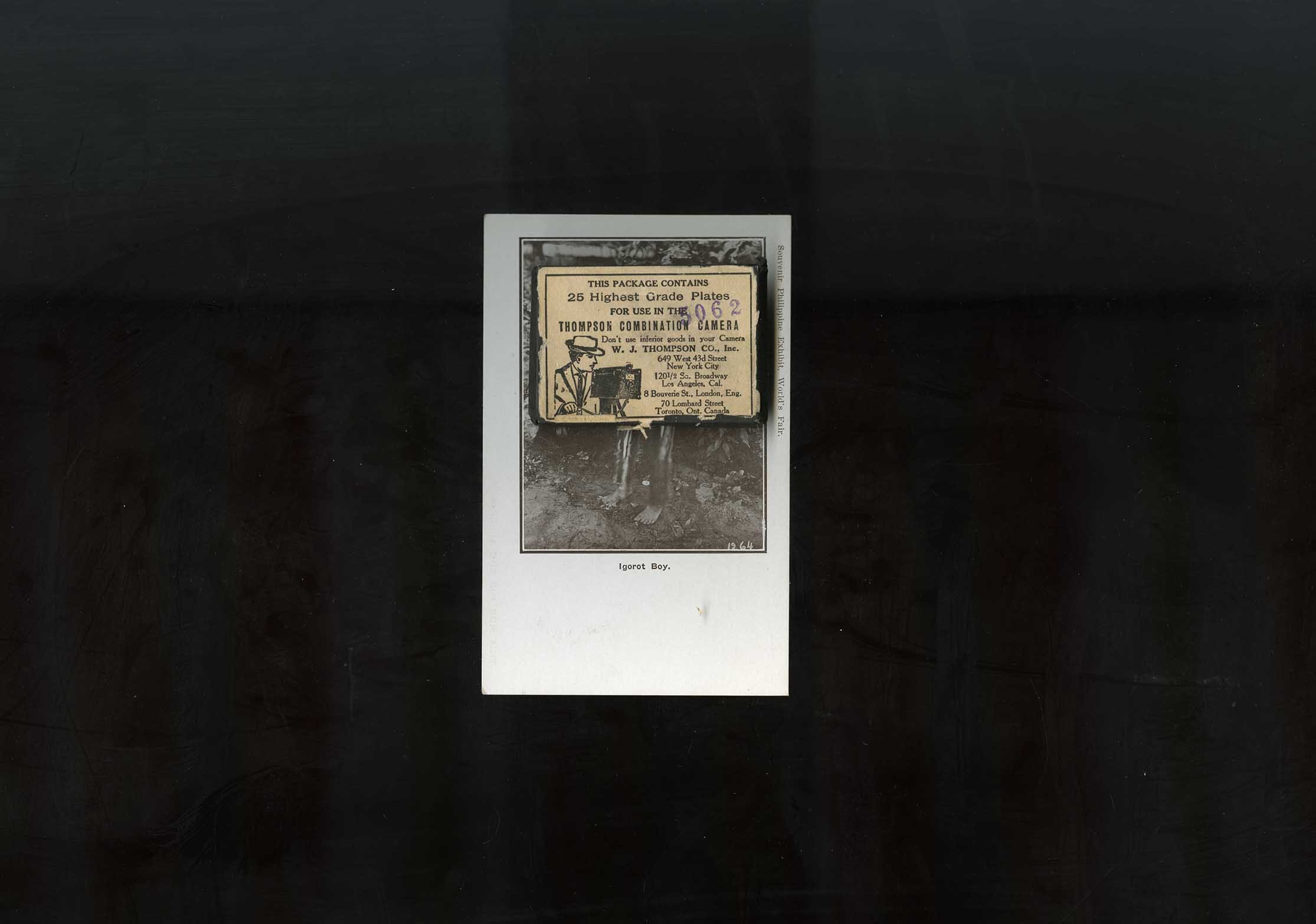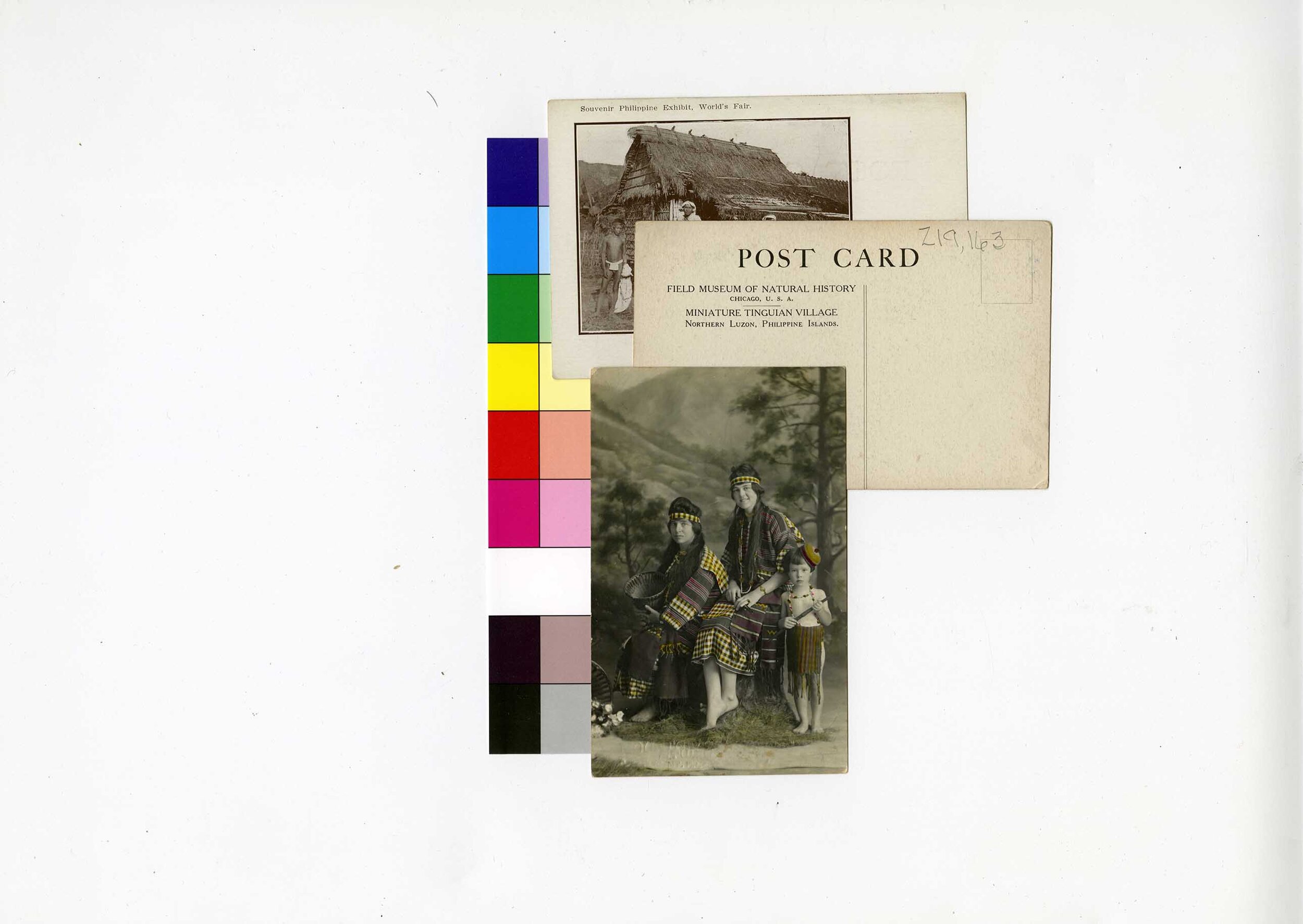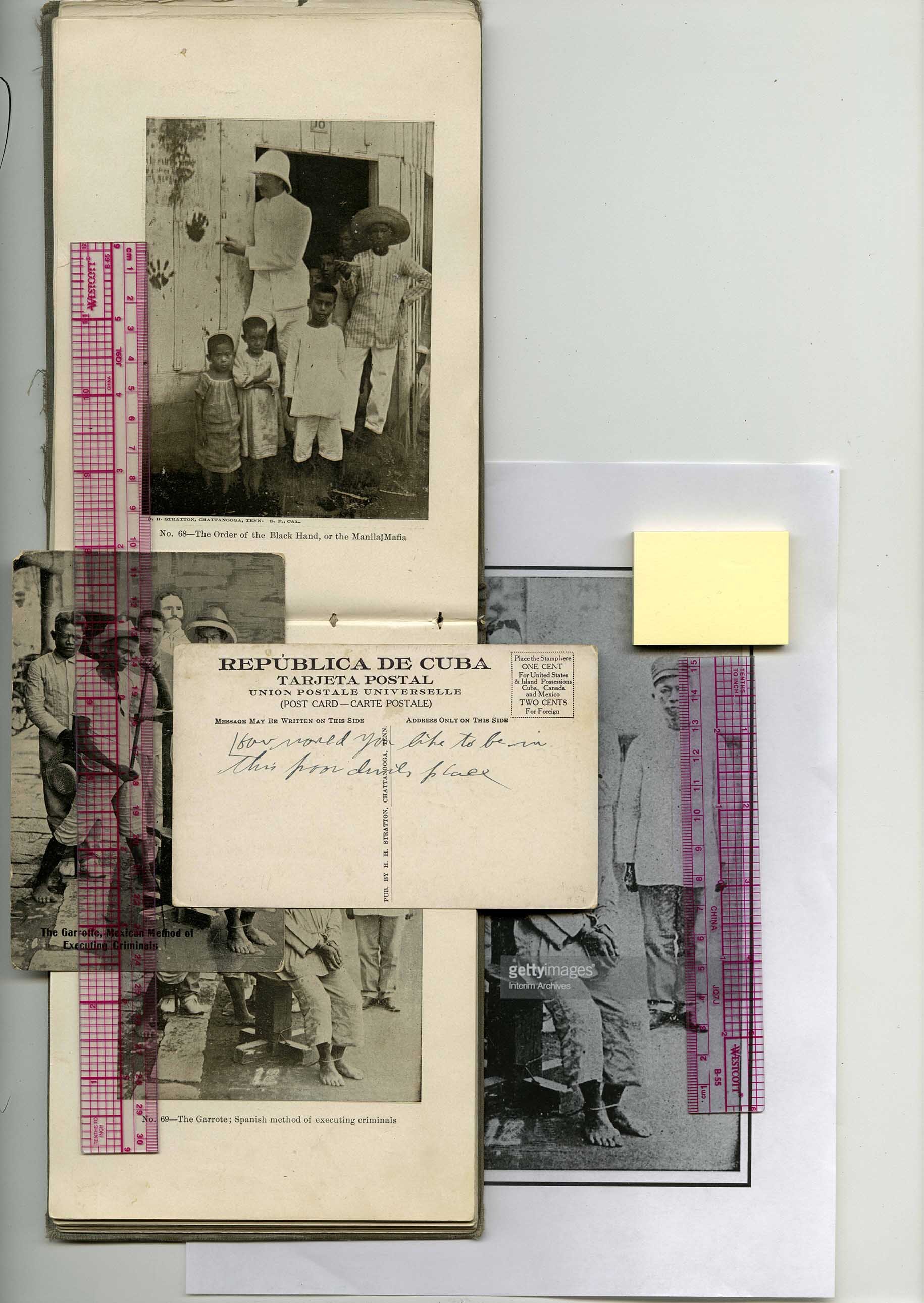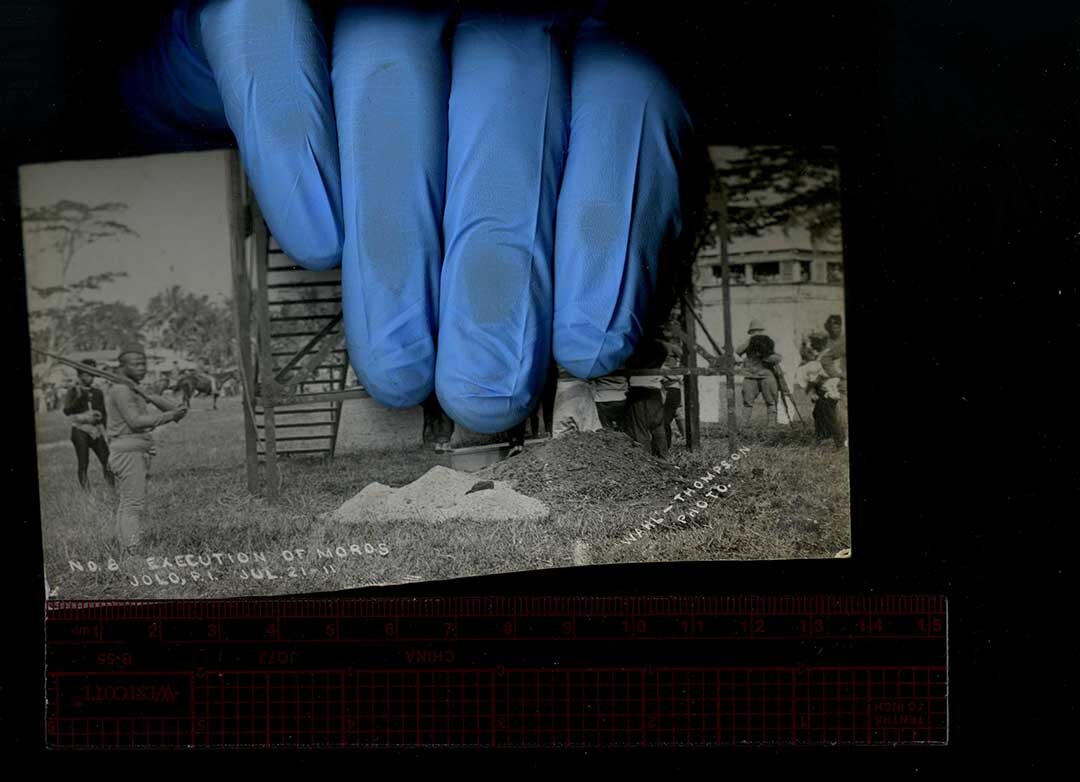these matters of possession
2020 - ongoing
jpg scans and performances with archival objects
These matters of possession is an interventionist project of digital harm reduction, a two-part project where I invest in the removal of violent material culture found online through auction sites and use it as source material to produce lens-based performance works that open conversations around the entanglements of networked culture, tourism, prisons, and image technologies.
Focused on ephemera made during the US colonial occupation of the Philippines in the early 20th century, this project scans online retailers for images, objects, and ephemera that continue to sustain multiple formations of Pilipinx constraint, in what Catherine Ceniza Choy refers to as “corporeal colonization”, and remove them from the online marketplace through purchase. As image-objects that normalize the consumption of violent histories and spaces, ones developed under white supremacist values of settler-colonial possession, this project of removal continues the work of what Neema Githere calls “data healing” to respond to the “compounded effects of navigating digital infrastructures created to exploit, categorize, and discard personhood.” While material cultures of Pilipinx constraint are suspended indefinitely in servers online as digital images, they live in the purgatories of search results and haunt our queries with jpegs of abjection. While retailers are frequently unaware of these violent histories, they inadvertently contribute to the circulation of these formations of constraint through the digital imaging process needed to authenticate the objects as part of any online sale. In the project of reclamation and repossession of this material culture from the trappings of online circulation, I want to have the ability to shape how these images are used in the future and build different models for engagement through the screen.
To reclaim these histories, I have begun to create images and performances for the camera – or in this case, the scanner bed – where I am mindful of the humans often excluded from the labor of imaging. As caretakers for these objects bound for digital transformation, the image of the hand begins to pull back the fourth wall, shaping how the image of the object is read, shifting the context altogether. No longer a singular object of study, the hand intervenes on historical anthropological practices that placed objects within neutral-toned settings for the sake of categorization and identification, further complicating the frame and focus of intention. In some ways, the hand becomes a different kind of metric, an alternative method of calibration that traces an object with its impact upon the body. In layering objects as assemblages that redact or obscure the violent content of the images purchased, I can construct a different kind of narrative to reveal broader networks of power that sustain today. Made in parallel with the movement for the removal of racist monuments in public space and with calls to end the circulation of mediated spectacles of Black death, this project extends the work of data healing through removal and recontextualization. It insists on locating other strategies for the futures of digital harm reduction while speculating alternatives for critical engagements with history.
